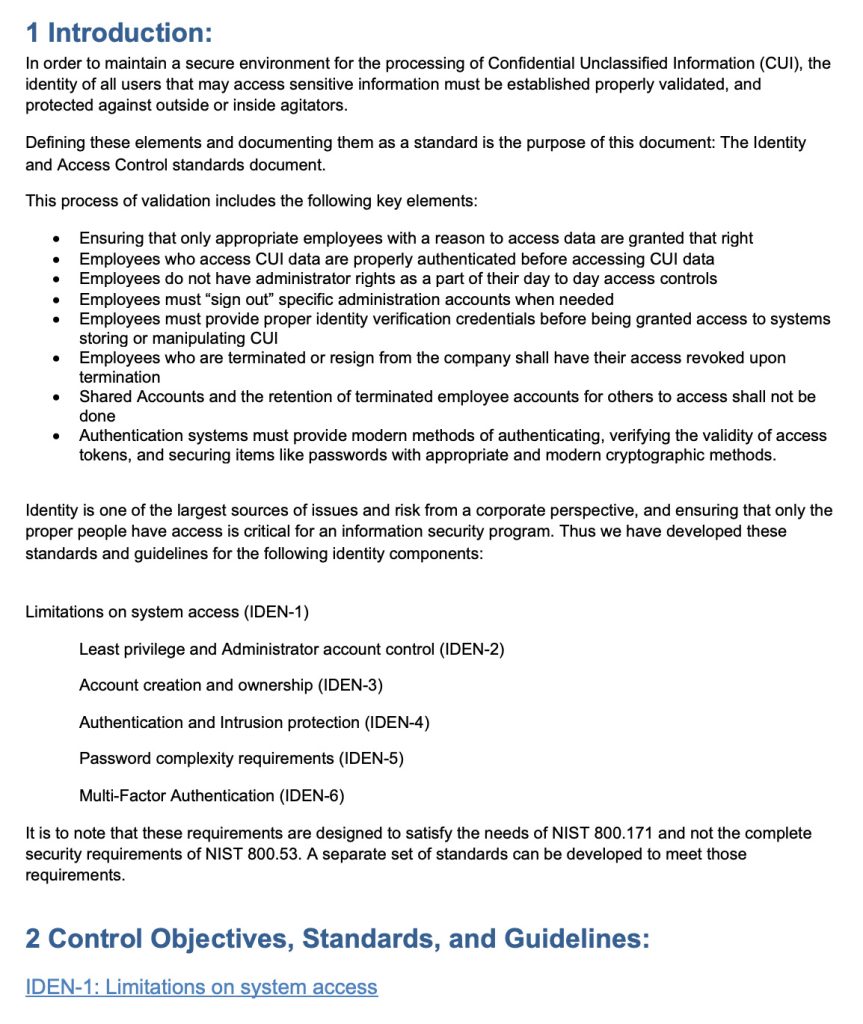Establishing best practices for Multi-Factor Authentication (MFA) is critical in today’s cybersecurity landscape. MFA provides an additional layer of security beyond passwords by requiring users to authenticate their identities using multiple factors such as passwords, biometrics, or security tokens. NOREX members have tackled implementation of secure, yet user-friendly security systems at organizations of every size.
As a guest, you can gain access to sample IT templates, IT toolkits, and IT event transcripts. Documentation such as this example which is created for the exclusive goal of sharing with the community. As a member, you’ll have access to thousands of documents at your finger tips!

Here are key reasons why implementing best practices for Multi Factor Authentication is crucial:
- Stronger Security: MFA significantly enhances security by adding an extra layer of protection against unauthorized access. Even if a user’s password is compromised, the additional factor required for authentication makes it significantly harder for attackers to gain access to sensitive systems or data.
- Mitigating Password-Related Risks: Passwords alone are vulnerable to various attacks, such as brute-force attacks, credential stuffing, or password guessing. MFA reduces the reliance on passwords and mitigates these risks by introducing additional factors that are much more difficult for attackers to bypass.
- Compliance Requirements: Many industry regulations and data protection standards, such as the Payment Card Industry Data Security Standard (PCI DSS) and the General Data Protection Regulation (GDPR), require the implementation of MFA. Adhering to these best practices ensures organizations remain compliant and avoid potential penalties or legal consequences.
- User Convenience: While security is paramount, MFA can also provide a convenient user experience. Modern MFA solutions offer various authentication methods, including biometrics or mobile push notifications, which are user-friendly and streamline the authentication process without sacrificing security.
- Protection against Phishing and Social Engineering: MFA helps protect against phishing attacks where attackers try to trick users into divulging their credentials. Even if a user falls victim to a phishing attempt and provides their username and password, the additional factor required by MFA acts as a safeguard, preventing unauthorized access.
To get access to this cybersecurity template and thousands of other IT documents in our Resource Library, join NOREX today or request a guest pass to one of our virtual IT events or in-person IT conferences.